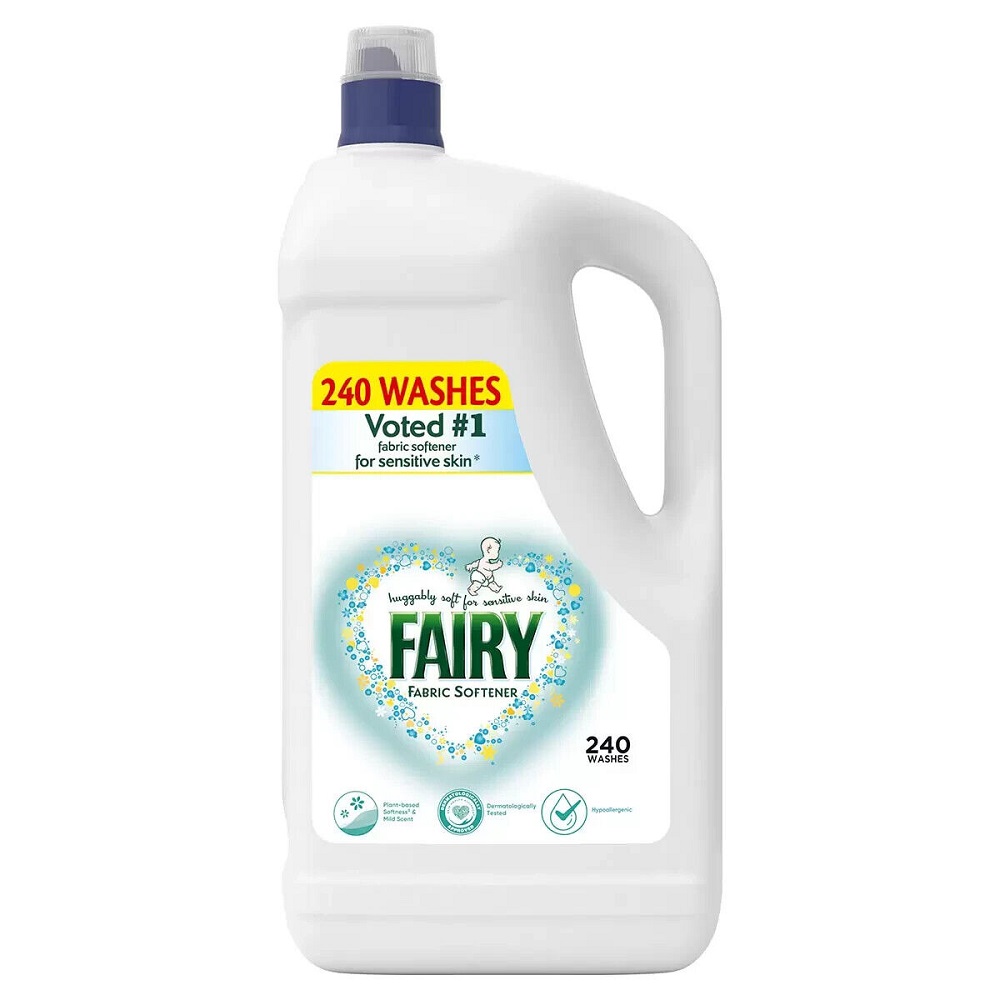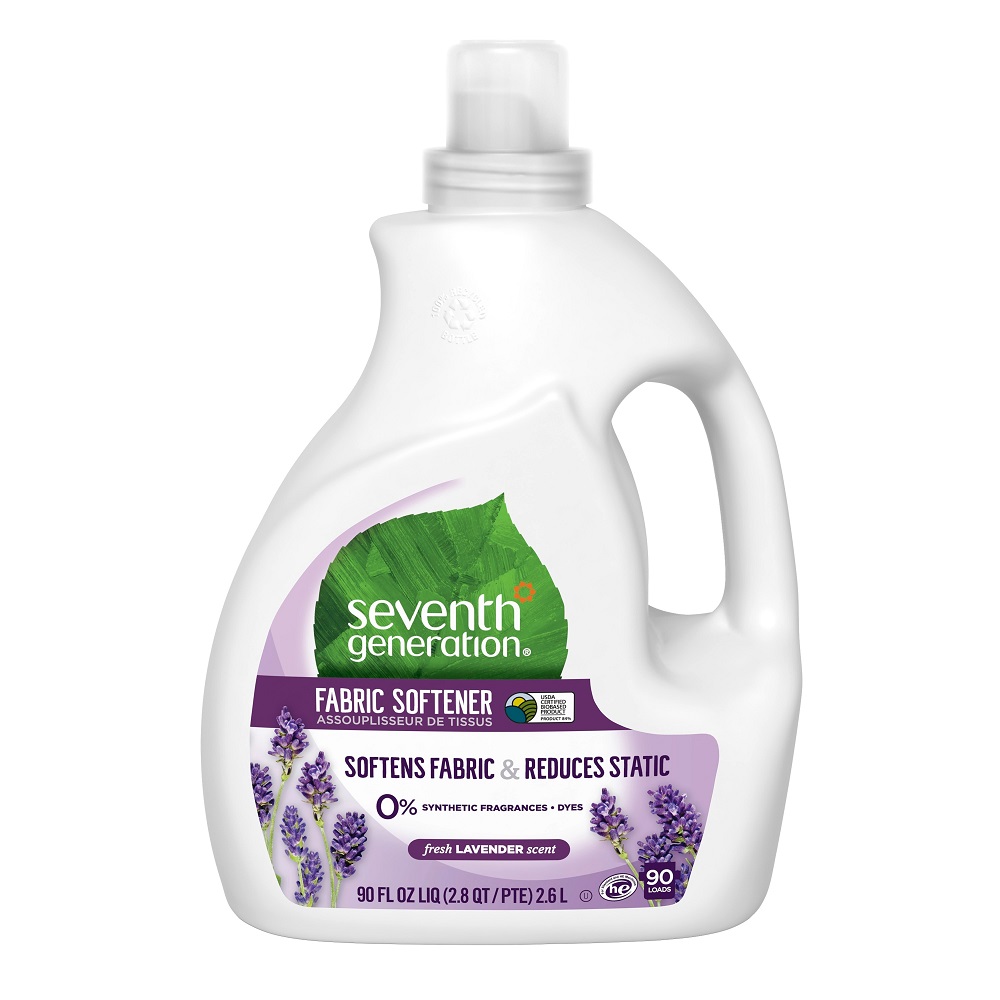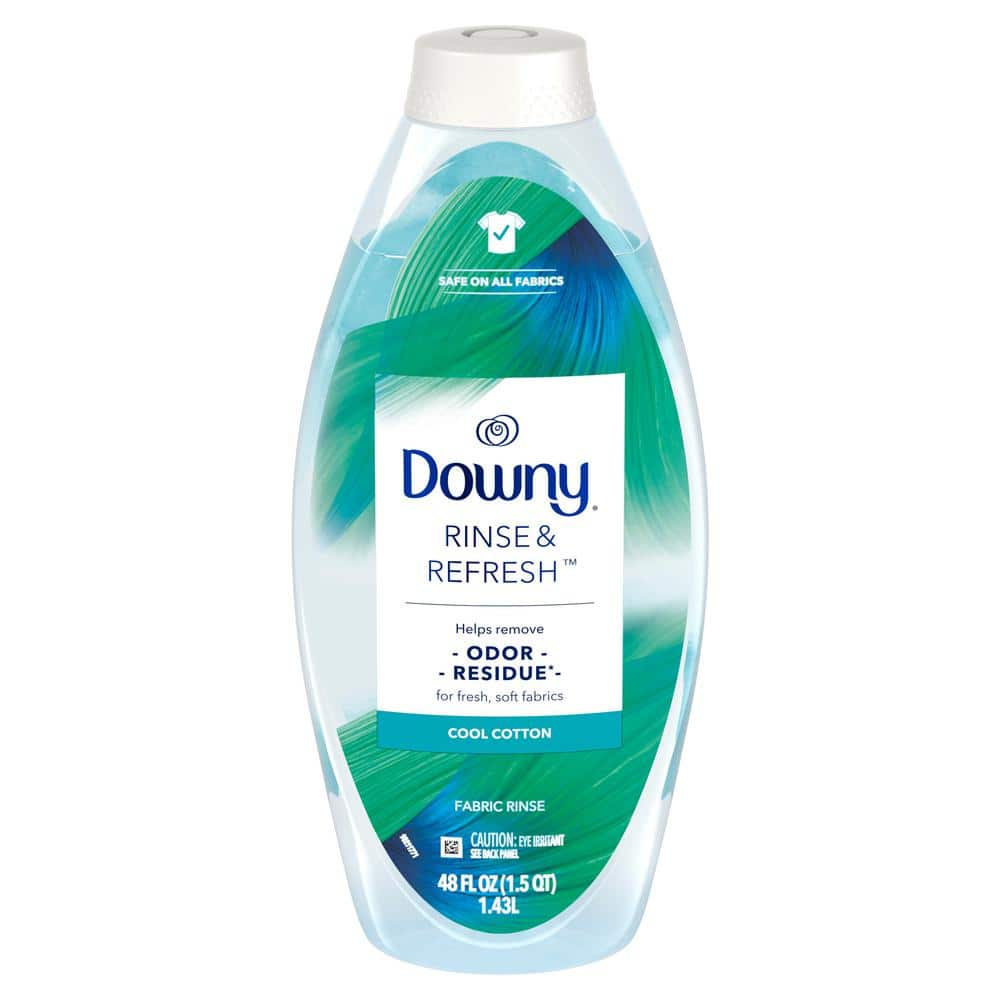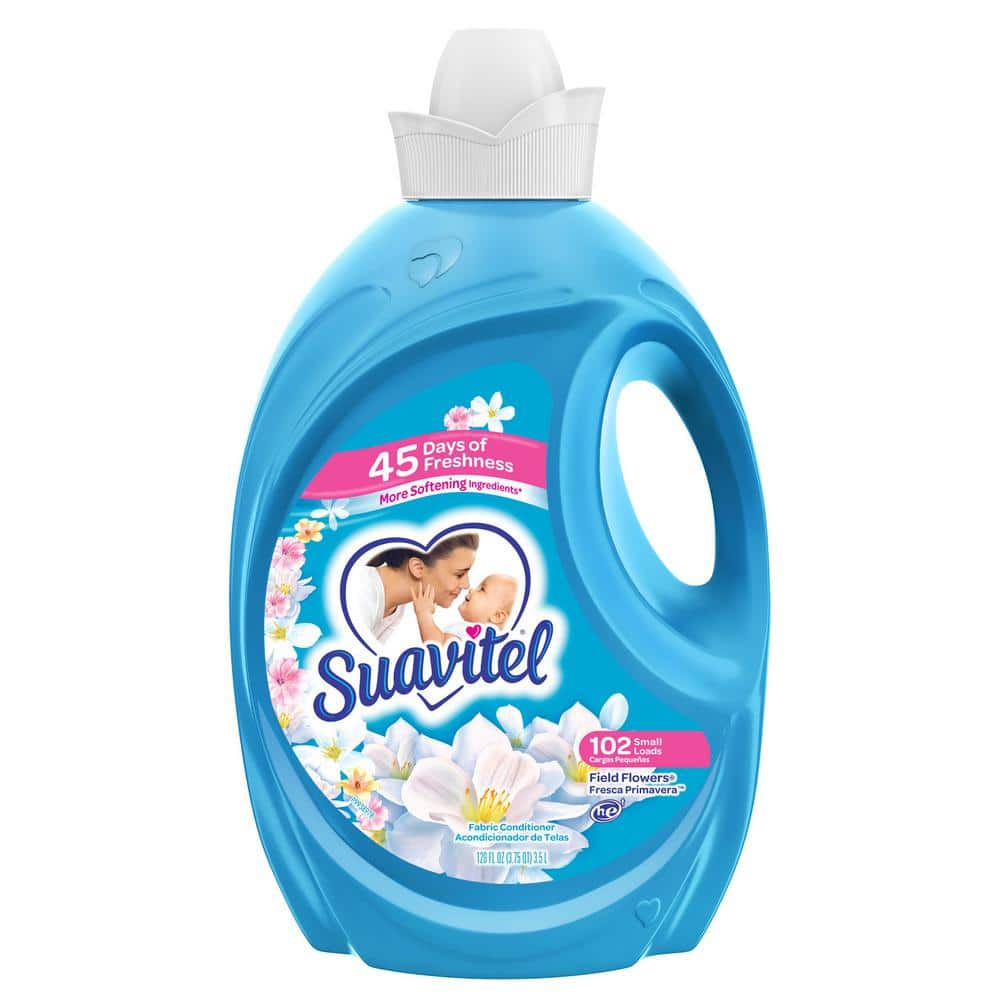Fabric softener has been a household staple for many years. It plays a crucial role in the clothing care routine for millions of people worldwide. In this article, we will explore what fabric softener is, how it works, its benefits, and its various uses.
What is Fabric Softener?
Fabric softener is a chemical substance used in laundry processes. It is designed to alter the feel and texture of fabric. Typically, it comes in liquid, powder, or dryer sheet forms. The primary goal of fabric softener is to make fabrics feel softer and reduce static cling. Many users appreciate the pleasant scent it adds to freshly washed clothes.

When you use fabric softener, it coats the fibers in your clothes. This coating makes the fibers feel smoother. As a result, fabric softener can reduce friction between clothing items during the wash cycle and drying process. This makes clothing less likely to pile up and wear out quickly.
The formula in fabric softeners contains surfactants. These chemicals help to improve the softness of the fabric. Surfactants work by breaking down the water’s surface tension. This allows the fabric to absorb the softener more effectively. The result is a more comfortable and softer feel to your clothes.
Benefits of Using Fabric Softener
Softness and Comfort
One of the key benefits of fabric softener is the softness it provides. It can transform rough, scratchy fabrics into soft, cozy clothing. This is especially beneficial for towels, sheets, and clothing made from cotton or blends.
A soft fabric enhances comfort, making it more enjoyable to wear. You notice the difference when you slip on a soft shirt compared to a stiff one. That tactile experience improves your overall mood and satisfaction with your clothing.
Reduced Static Cling
Another significant benefit of using fabric softener is its ability to reduce static cling. This can be particularly helpful in dryer cycles. Clothes often become staticky, especially during colder months or in dry climates. This can lead to frustrations like clothes sticking to your body or clinging to one another.
Fabric softeners create a thin protective layer on the fabric. This layer allows the clothes to slide against each other more easily. Thus, they are less likely to cling to each other or stick to your skin. Reduced static cling also means your clothes are easier to fold, hang, and store.
Ironing Made Easier
Ironing can be a tedious task for many. Fortunately, fabric softener can help with this dreaded chore. Using fabric softener can make your clothes easier to iron. The added softness allows the iron to glide over the fabric more smoothly.
When clothes come out of the wash feeling soft, there may be fewer wrinkles. This can save you time and effort during ironing. If you frequently iron clothes, consider adding fabric softener to your laundry routine.
Freshness and Aroma
Many people love the fresh scent that fabric softeners provide. The pleasant aroma lingers on clothes after they come out of the dryer. This creates an inviting sensory experience.
While washing, fabric softeners are released into the laundry. They work by sealing in the fragrance and giving your clothes that just-washed scent. Even clothes that have been stored for a while will smell fresher after using fabric softener.
Enhanced Fabric Longevity
Using fabric softener can also enhance fabric longevity. The protective coating it provides can reduce wear and tear. This is vital for maintaining the quality and lifespan of your clothing and linens.
By minimizing friction during washing and drying, fabrics are less likely to fade, pill, or tear. Investing in a good fabric softener can lead to longer-lasting clothes, saving you money in the long run.
How to Use Fabric Softener
Dosage and Application
Knowing how to properly use fabric softener is crucial for maximizing its benefits. Most manufacturers provide guidelines on how much to use. This information is typically found on the product label.
It’s essential to measure the right amount. Applying too much can leave residue on clothes or make them feel greasy. Conversely, using too little may not yield the desired softening effects.
For liquid fabric softeners, pour the recommended amount into your washing machine’s designated compartment. If you are using dryer sheets, simply place them among the wet clothes in the dryer. Make sure not to overload the dryer. This helps to ensure that the softener is evenly distributed.
Timing Matters
The timing of when you add fabric softener also matters. Generally, it should be added during the rinse cycle. In some washing machines, you can put it in at the beginning of the laundry cycle, but this is less common.
For those with top-loading machines, simply add fabric softener when the washer is filled with water. For front-loaders, follow the instructions provided in the user manual for best results. Ensure you give your clothes enough time to soak up the softening agents as well as the fragrance.
Avoiding Common Mistakes
While using fabric softener is straightforward, there are some common mistakes to avoid. For example, never pour fabric softener directly on clothes. This can lead to uneven application and possible staining.
Additionally, avoid combining fabric softeners with bleach. The two substances can react poorly and may degrade the quality of your clothes. Always read product labels for specific instructions and compatibility.
Types of Fabric Softeners
Liquid Fabric Softeners
Liquid fabric softeners are the most common type. They come in bottles and can be used in nearly all types of washing machines. Users find them easy to dilute with water before adding them to the washing machine. Liquid fabric softeners come in a wide range of scents and formulations to suit different preferences.
One advantage of liquid fabric softeners is their ability to penetrate fabric effectively. They coat the fibers during the rinse cycle, allowing for an even distribution of softness.
Dryer Sheets
Dryer sheets have gained popularity over the years. These thin sheets are designed to be placed in the dryer along with your laundry. They release softening agents and scent as clothes tumble in the dryer. Using dryer sheets is convenient and can save time.
Plus, they help with static cling and can reduce wrinkles. However, some users prefer liquid softeners as they offer more convenience during washing rather than drying.
Pods and Packs
Fabric softener pods and packs are a newer option available on the market. These products contain pre-measured doses of liquid softener. Simply toss one into your washing machine along with your laundry.
Pods and packs eliminate guesswork and help with measuring the correct dosage. They also reduce spills, mess, and waste. However, some users find them less effective than traditional fabric softeners.
Environmentally Friendly Alternatives
Natural Fabric Softeners
As awareness about environmental issues rises, many are looking for eco-friendly options. Natural fabric softeners, such as vinegar, are an excellent alternative. Vinegar is known to soften fabrics naturally. When added during the rinse cycle, it breaks down soap residues and enhances softness.
Additionally, vinegar has deodorizing properties. It helps eliminate odors and leaves clothes smelling fresh. Plus, it acts as a natural fabric brightener, further enhancing the quality of your laundry.
DIY Solutions
There are many do-it-yourself (DIY) fabric softener solutions. These alternatives can be cheaper and more gentle on fabrics. Common ingredients include baking soda, essential oils, and vegetable glycerin.
Mix these ingredients with water and store them in a spray bottle. You can use the solution during rinsing to achieve the desired softness. Not only are DIY fabric softeners effective, but they’re also customizable. Users can select their preferred scents and adjust formulas according to their needs.
Conclusion
In summary, fabric softener is a versatile and beneficial addition to your laundry routine. From improving softness to reducing static cling and enhancing freshness, it offers many advantages. Different types, including liquid, sheets, and pods, provide options that cater to varying preferences.
With growing interest in eco-friendly alternatives, many are now exploring natural fabric softeners. Whether using vinegar, DIY solutions, or conventional fabric softener, the choice ultimately depends on individual needs and preferences. With the right approach, fabric softener can make laundry day a more enjoyable and efficient experience.
Overall, fabric softener proves to be much more than just a luxury; it enhances our daily lives by making our laundry fresher and more comfortable. You can now choose the fabric softener that suits your lifestyle best, ensuring a pleasant laundry experience every time.


